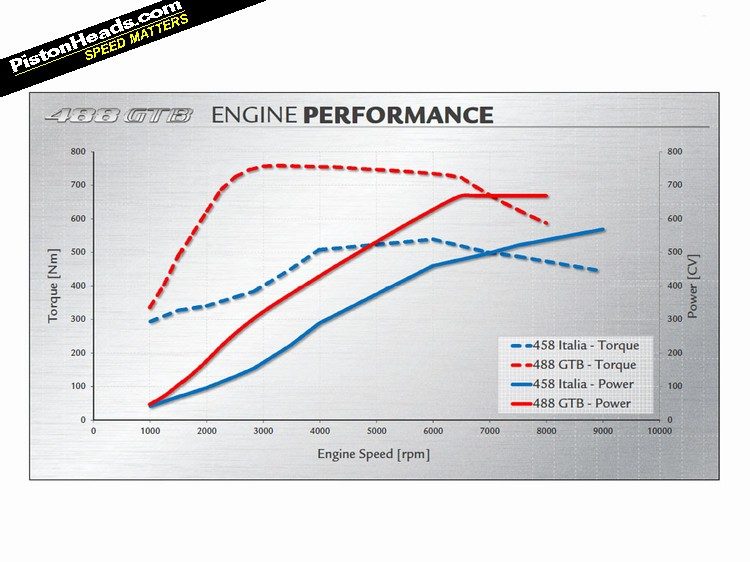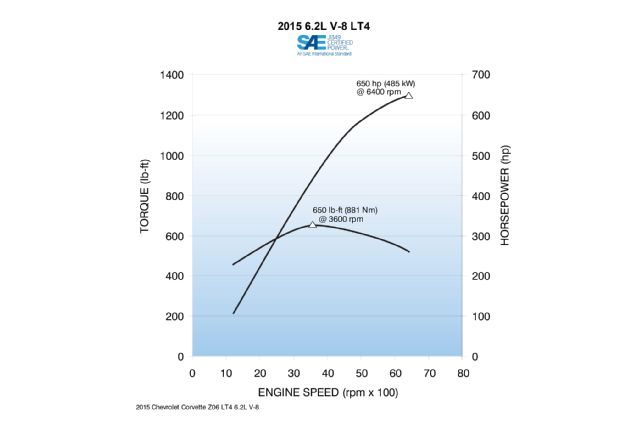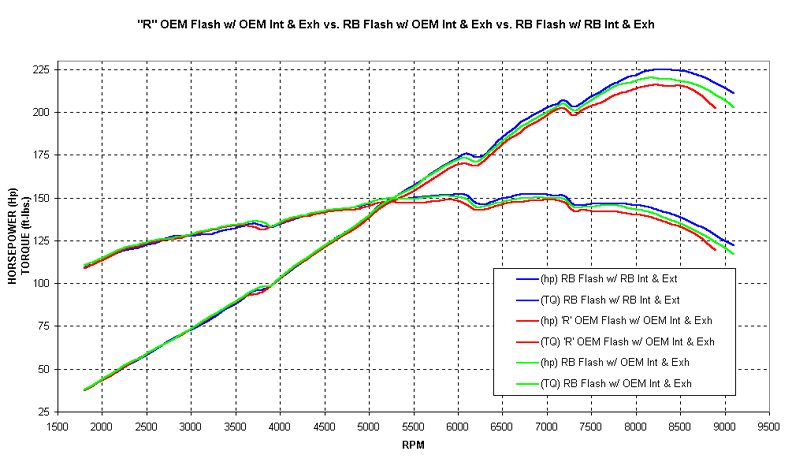CMaybe because the low drive gives them more power? This is also why some of them get engines like the Cummins 4BT, even if it's HP rating isn't particularly high. While the slower engine limits top speed, they have a lot more power to work with.
You need to get on Wikipedia and actually read up on what engine power is and how it works. It's not related
at all to the gearing of the drivetrain.
What you appear to be getting confused with is torque at the wheels.
That depends on the torque the engine produces, the gearing,
and the wheel diameter(Edit: My bad, wheel diameter has nothing to do with torque at the wheels.). If you gear something low enough, you can pull a jumbo jet.
They already do this with HP figures. For example, the current 4.8L engine in Chevrolet vans is rated at 280+ HP. However, you need to push the engine at 5500 RPMs to get this.
What? How is having a revvy engine like bolstering a fake figure by sticking an entirely useless top gear on a car?
An old Ford 300 straight-six, while it can't run as fast, will make almost the same HP the 4.8L would at those slower RPMs.
Which is why power figures are quoted at a certain torque. Because everyone knows that an engine that produces the power peak early is likely to have torque curve that's heavily biased towards the low RPM range. Whereas screaming engines with peak power near the redline tend to have more flat torque curves.
That's a reasonably standard RX8 dyno. Torque is basically flat, power just climbs and climbs as the revs go up, what with power only being torque x rpm and all. That's what it feels like in the car too, it just pulls harder and harder the faster you go.
Compare that to your average diesel, where the torque comes in hard low down but the engine can't rev high enough to actually generate significant power with it. Because of how power is calculated. If a rotary was limited to 5500rpm it'd still feel the same driving it around every day*, but the power number on paper would be
way down. To like ~150hp, according to that graph, instead of the ~220 it's usually at.
This is why we quote HP and torque, and we quote them at certain RPMs. Even that's a simplification, although if you know what you're talking about you can make reasonable assumptions about the character of the engine from just that information. I don't see what value you're bringing by obscuring how the engine behaves even more.
What does your figure tell you about the engines performance that the current HP and torque values do not?
Also, think about this. Why does an S2K rev to 9000, yet your Chevy 4.8 only goes to 5500? Why doesn't the S2K keep revving to 12000, and get more power? Why doesn't the 4.8 go to 9000? There are sports bikes that get to damn near 20k rpm, so why not do it with a car or truck?
*Mostly, there's a thing with rotaries where you really should flog them to redline at least every few days to clean the crap out of them. It's not really rough on the engine, and it (supposedly) stops junk building up and damaging your seals. But the point stands that you wouldn't miss the top end for daily driving.
I could replace 4.8L with the old Ford 300 and chances are, the average driver wouldn't notice.
Because an average driver isn't thrashing their engine to the max. Unless you're actually using that peak power, you're not going to notice that it isn't there. If someone is just cruising around town hauling shopping and the kids, you could replace it with a 2 litre inline 4 and they probably wouldn't notice either.
You know how some engines cut cylinders at cruise to save fuel? Why does that work? Because they're not needed, so the driver doesn't even notice that they're not firing. Ditto extraneous performance in general.








